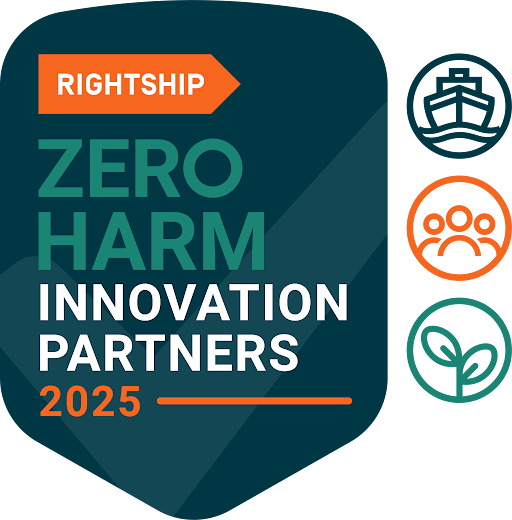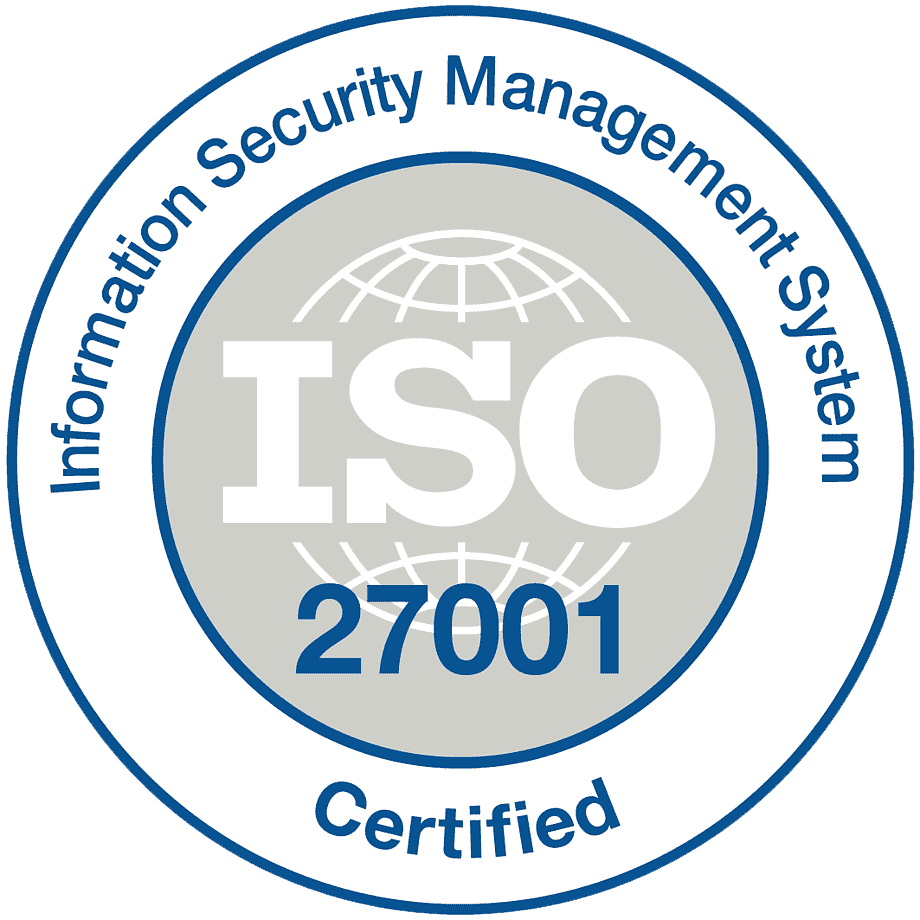Is Your Fleet Ready for SIRE 2.0? Comprehensive Guide to Understanding and Preparing for the New Inspection Regime
The maritime industry is undergoing a transformative period with the introduction of SIRE 2.0, the next generation of the Ship Inspection Report Programme initiated by the Oil Companies International Marine Forum (OCIMF). Set to be fully implemented by September 2024, SIRE 2.0 introduces an enhanced, digitized, and more rigorous inspection regime to improve maritime safety, operational standards, and environmental compliance.
Understanding SIRE 2.0: A Comprehensive Overview
What is SIRE 2.0?
SIRE 2.0 is an upgraded version of the original Ship Inspection Report Programme, a cornerstone of maritime safety since its inception. The program’s advancement reflects the maritime industry's changing landscape, with increased emphasis on digital technology, human factors, training, and environmental responsibility.
Key Features of SIRE 2.0:
- Digitized Inspection Process: SIRE 2.0 leverages advanced digital tools to streamline the inspection process. This shift enhances the accuracy and consistency of inspections and allows for real-time data collection and analysis, providing a more comprehensive view of a vessel’s operational condition. The digitalized ship inspection process significantly upgrades traditional methods, allowing for more efficient maritime compliance.
- Enhanced Focus on Human Factors: Unlike its predecessor, SIRE 2.0 significantly emphasizes human elements. The program acknowledges that crew performance, training, and safety culture are as critical to maritime safety as the physical condition of the vessel. Inspectors will evaluate these factors rigorously, making crew competency and behavior a focal point of inspections.
- Comprehensive Question Library: SIRE 2.0 introduces a detailed SIRE question library that covers a wide range of topics, from technical aspects to operational procedures and human factors. This extensive database ensures that inspections are thorough and tailored to each vessel's specific operational context.
- Continuous Performance Monitoring: SIRE 2.0 encourages an ongoing evaluation of vessel performance, moving from traditional periodic inspections to a more constant and proactive approach to safety and compliance.
Key Challenges of SIRE 2.0 Compliance
As tanker management companies prepare to transition to SIRE 2.0, they face challenges requiring careful planning and execution. These challenges can be broadly categorized into technical readiness, operational adjustments, human factors, and documentation.
1. Technical Readiness
Upgrade and Maintenance of Equipment: One of the most significant challenges of SIRE 2.0 compliance is ensuring that all technical equipment onboard meets the new, more stringent standards. This includes navigation systems, safety equipment, and communication tools, all of which must be maintained optimally. Ensuring vessel operational readiness is crucial for successful inspections under the new regime.
Integration with Digital Platforms: The digitization of the inspection process necessitates integrating onboard systems with digital inspection platforms. Achieving this integration requires investment in technology and the training of crew members to operate these systems efficiently. Ensuring seamless data flow between the vessel and shore-based systems is crucial for accurate and timely compliance reporting.
Cybersecurity Concerns: With increased reliance on digital systems, cybersecurity becomes critical. Tanker management companies must implement robust cybersecurity measures to protect sensitive data from potential breaches during digital inspections.
2. Operational Adjustments
Revision of Operational Procedures: SIRE 2.0 requires tanker operators to revisit and revise their operational procedures to align with the new inspection standards. This process includes updating safety protocols, emergency response plans, and maintenance schedules to meet the comprehensive requirements of SIRE 2.0. Aligning with maritime safety standards is essential for maintaining compliance.
Vessel Performance Monitoring Systems: The shift to continuous performance monitoring means that operators must install and maintain systems that provide real-time data on various aspects of vessel operation. This data-driven approach enables early detection of potential issues and ensures operators take corrective actions before these issues escalate into compliance failures.
Adaptation to New Inspection Dynamics: Operational teams must prepare to handle more extensive and intrusive SIRE 2.0 inspection processes. This preparation includes preparing for unscheduled inspections and ensuring that all vessel operations remain compliant.
3. Human Factors
Comprehensive Crew Training Programs: Given the emphasis on human factors in SIRE 2.0, investing in comprehensive crew training programs is essential. Training should cover the technical skills required to operate and maintain vessel systems and the soft skills necessary for effective teamwork, communication, and adherence to safety protocols. Training for SIRE 2.0 prepares the crew to meet the new standards.
Developing a Safety Culture: SIRE 2.0 encourages companies to build a safety culture that prioritizes safety at every level of operation. Building a safety culture requires a cultural shift within organizations, where safety is not just a compliance requirement but a core value all employees embrace.
Assessment and Improvement of Crew Competency: Regular assessment of crew competency is crucial under SIRE 2.0. Operators should implement continuous training and development programs to ensure that the crew is up-to-date with the latest standards and practices in maritime safety. This focus on human factors in shipping is critical to maintaining high compliance.
4. Documentation and Record-Keeping
Meticulous Documentation Practices: SIRE 2.0 demands meticulous documentation of vessel operations. This process includes maintaining detailed records of inspections, maintenance activities, crew training, and environmental compliance efforts. Proper documentation is essential for demonstrating adherence to the new standards during inspections.
Implementation of Advanced Data Management Systems: Companies should invest in advanced data management systems to manage the extensive documentation required under SIRE 2.0. These systems should facilitate data organization, storage, and retrieval, ensuring that all relevant information is readily available during inspections.
Preparation for Document Audits: As SIRE 2.0 increases the frequency and detail of inspections, companies must prepare for document audits at any time. This documentation requires a robust system for tracking and managing all compliance-related documents, ensuring they are accurate, up-to-date, and accessible.
Strategic Steps to Prepare for SIRE 2.0
Given the complexity of SIRE 2.0, companies must adopt a strategic and structured approach to preparation. Here are some key steps that tanker management companies can take to ensure compliance with the new inspection regime.
1. Conduct a Comprehensive Readiness Assessment
The first step in preparing for SIRE 2.0 is to conduct a thorough readiness assessment, which involves evaluating your current operations against the new standards to identify gaps in technical readiness, crew competency, and documentation. The assessment should cover all aspects of vessel operations, from equipment and systems to operational procedures and human factors. Conducting a thorough marine assurance assessment can provide valuable insights into your current compliance status.
2. Develop and Implement a Training Plan
Training is a critical component of SIRE 2.0 compliance. Develop a comprehensive training plan addressing the technical and human aspects of the new standards. Ensure that all crew members, from senior officers to junior staff, are well-versed in the requirements of SIRE 2.0 and are capable of meeting the new inspection standards.
3. Upgrade Technical Equipment and Systems
Review all technical equipment onboard and upgrade as needed to comply with SIRE 2.0 standards. Ensure that safety equipment is in optimal condition and integrate digital systems entirely with inspection platforms.
4. Implement Continuous Monitoring and Reporting Systems
Continuous monitoring of vessel performance is a crucial requirement under SIRE 2.0. Implement systems that provide real-time data on various operational parameters, allowing for proactive identification and resolution of potential issues. Ensure your team integrates these systems with digital inspection platforms for seamless reporting and compliance management.
5. Enhance Documentation and Data Management Practices
Establish robust documentation practices to ensure all records are accurate, comprehensive, and easily accessible. This documentation includes maintaining up-to-date logs of inspections, maintenance activities, crew training, and environmental compliance efforts. Proper documentation is crucial for demonstrating adherence to SIRE 2.0 standards during inspections.
Common Pitfalls to Avoid During SIRE 2.0 Preparation
As you transition to SIRE 2.0, you must avoid common mistakes that could jeopardize your compliance efforts.
1. Underestimating the Scope of SIRE 2.0
SIRE 2.0 is an incremental update and a comprehensive overhaul of the inspection regime. Companies must accurately assess the scope of changes and the level of preparation required to meet the new standards.
2. Neglecting the Human Element
With SIRE 2.0 placing significant emphasis on human factors, neglecting crew training and development can lead to substantial gaps in compliance. Investing in ongoing training programs that cover technical skills and enhance the crew's understanding of safety culture, operational standards, and the new inspection protocols is essential.
3. Inadequate Documentation Practices
Inadequate documentation is a common pitfall that can undermine your SIRE 2.0 compliance efforts. The new inspection regime demands meticulous record-keeping, and any lapses in documentation can lead to compliance failures. Ensure that all records are accurate, comprehensive, and accessible, focusing on maintaining up-to-date inspections, maintenance, and crew training logs.
4. Delaying the Preparation Process
It is a significant risk to wait until the last minute to prepare for SIRE 2.0. The new inspection standards' comprehensive nature requires thorough preparation, and delaying the process can lead to rushed efforts, increasing the likelihood of compliance gaps.
Conclusion
The transition to SIRE 2.0 marks a significant advancement in the maritime industry's approach to safety, compliance, and operational excellence. For tanker management companies, preparing for SIRE 2.0 is about meeting regulatory requirements and positioning themselves as safety and operational efficiency leaders.





